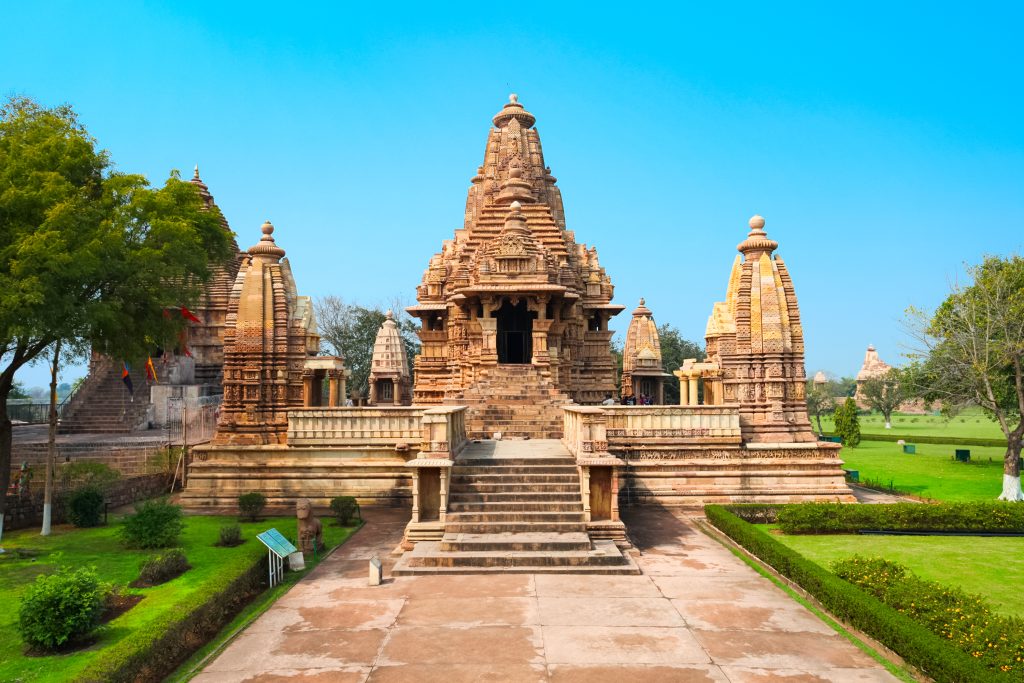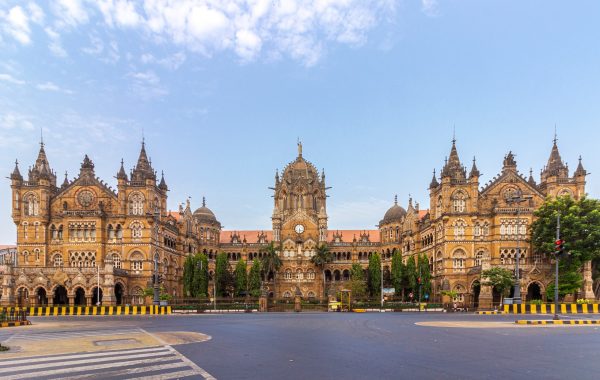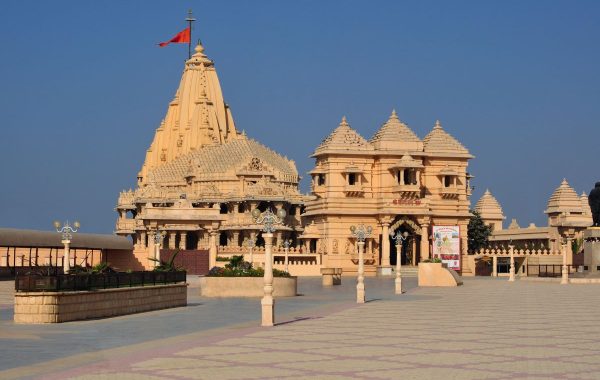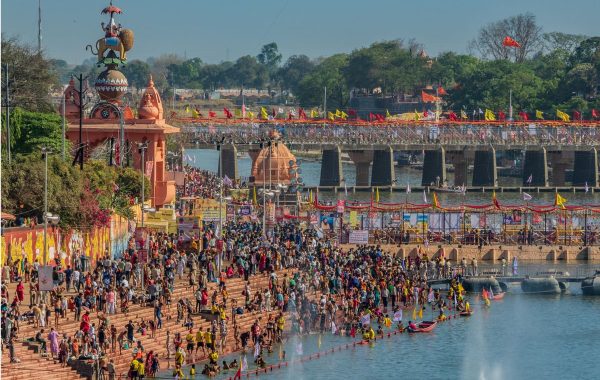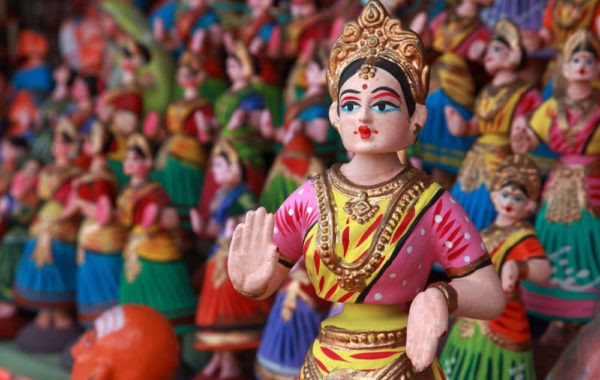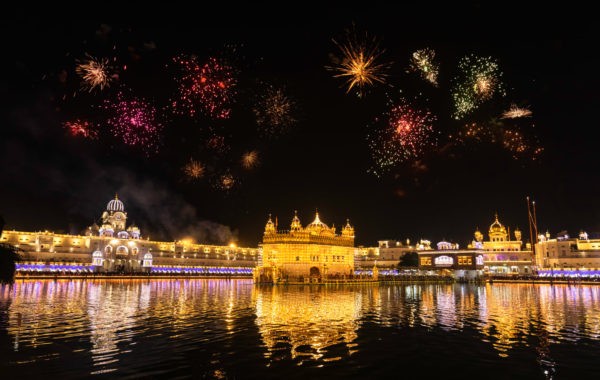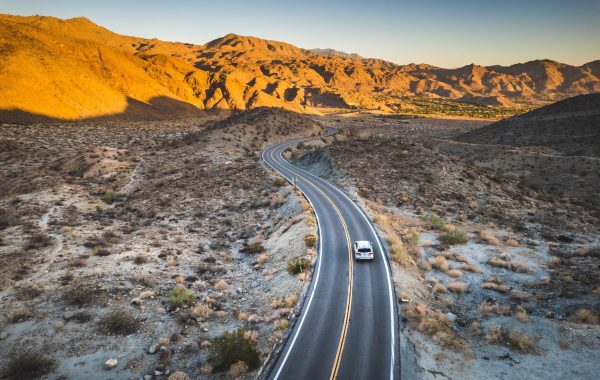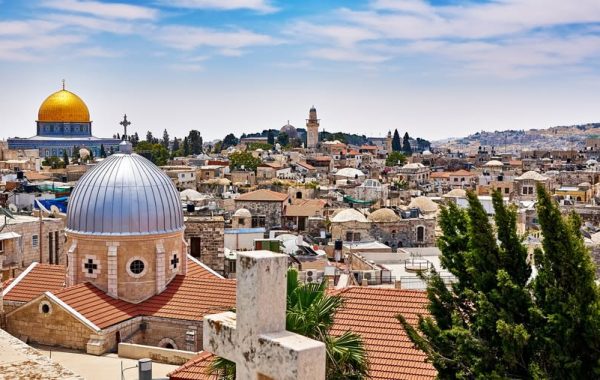Nestled in the heartland of India in Madhya Pradesh, the town of Khajuraho stands as a testament to the rich cultural and artistic heritage of the country. Famous for its intricately carved temples, Khajuraho is a UNESCO World Heritage Site that attracts travelers, historians, and art enthusiasts from around the globe.
Derived from the ubiquitous date palm, khajur, this vibrant nexus remains the hub of culture and, naturally, the residence of the most renowned monarchy of our era. While the temples of Khajuraho frequently grace the Instagram feeds of avid travelers, encapsulating the allure of this locale extends beyond those sacred grounds. In the following sections, we have compiled comprehensive details on Khajuraho’s attractions destined to garner numerous double-taps on social media, along with everything essential for orchestrating a memorable journey to this cultural gem.
What To See
From the temples to fort and nature sanctuaries, there is no lack of places to visit in Khajuraho to add to your itinerary. These gorgeous sites are sure to rack up thousands of Instagram likes for you along the way, for they are a photographer’s delight.
Khajuraho Group Of Monuments
The temples in Khajuraho stand out as the most bustling tourist destinations in the town, and the reasons are abundantly clear. The impressive architecture, the captivating interior displays, and the historical significance accumulated over time serve as the primary crowd magnets. While a majority of these temples are dedicated to Hindu deities, they also house sculptures of a sensually erotic nature. The temples are categorized into three groups: West, East, and South. If you’re planning a visit, explore noteworthy temples like the Adinath Temple, Matangeshwar Temple, Kandariya Mahadeva Temple, Lakshmi Temple, Devi Jagdamba Temple, Chaturbhuj Temple, Vishwanath Temple, Bramha Temple, and more.
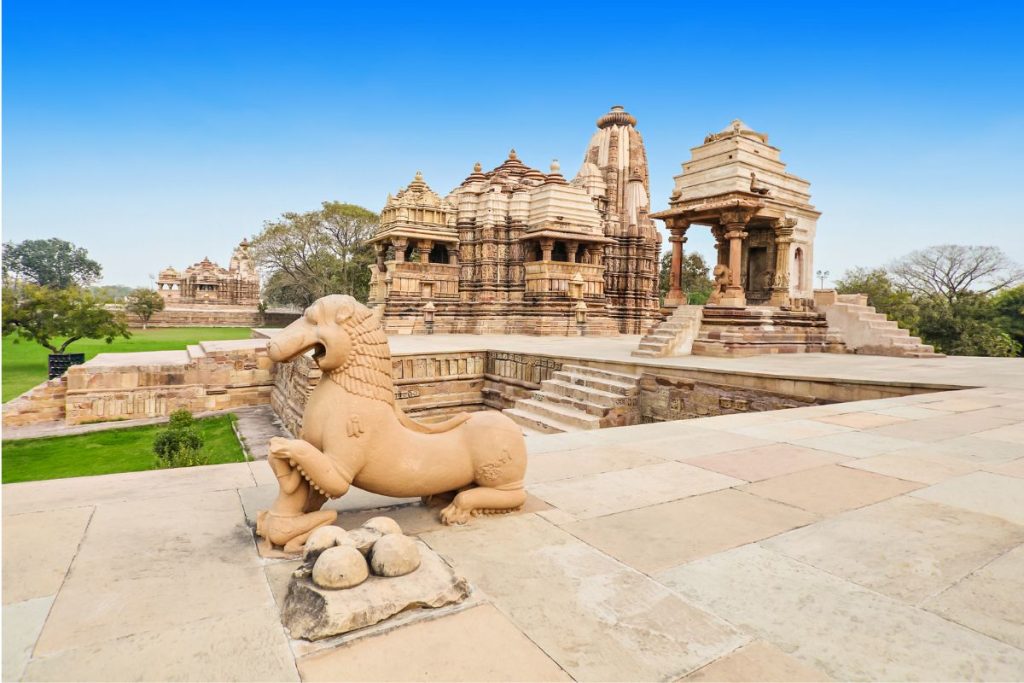
Lakshmana Temple
Located in the Western group of temples in the Khajuraho complex, this remarkable temple, dating back to the 10th century, emerges as one of Khajuraho’s most iconic and oldest landmarks. Distinguished by its awe-inspiring temple walls adorned with intricate carvings depicting Hindu gods, animals, and other impressive motifs, this architectural marvel is a must-visit. Particularly noteworthy are the artistically crafted sculptures portraying God Vaikuntha Vishnu, adding an extra layer of significance to your journey. According to historical records, Yashovarman, a renowned architect of his era, is credited with the construction of this extraordinary temple.
Dulhadev Temple
Situated within the Southern group of temples in Khajuraho, the Dulhadev Temple, constructed in 1130 CE by the Chandelas, is dedicated to Lord Shiva and enshrines a shivling. Exhibiting captivating architecture, the temple comprises five small chambers and a closed hall. The meticulous finishing on the idols attests to the craftsmanship of the artisans from that era. The temple’s walls and ceilings are adorned with intricately detailed carvings, leaving visitors spellbound by the stone-carved images. The walls further showcase alluring figurines of apsaras (celestial nymphs) and other mythological entities, enhancing the temple’s aesthetic allure.
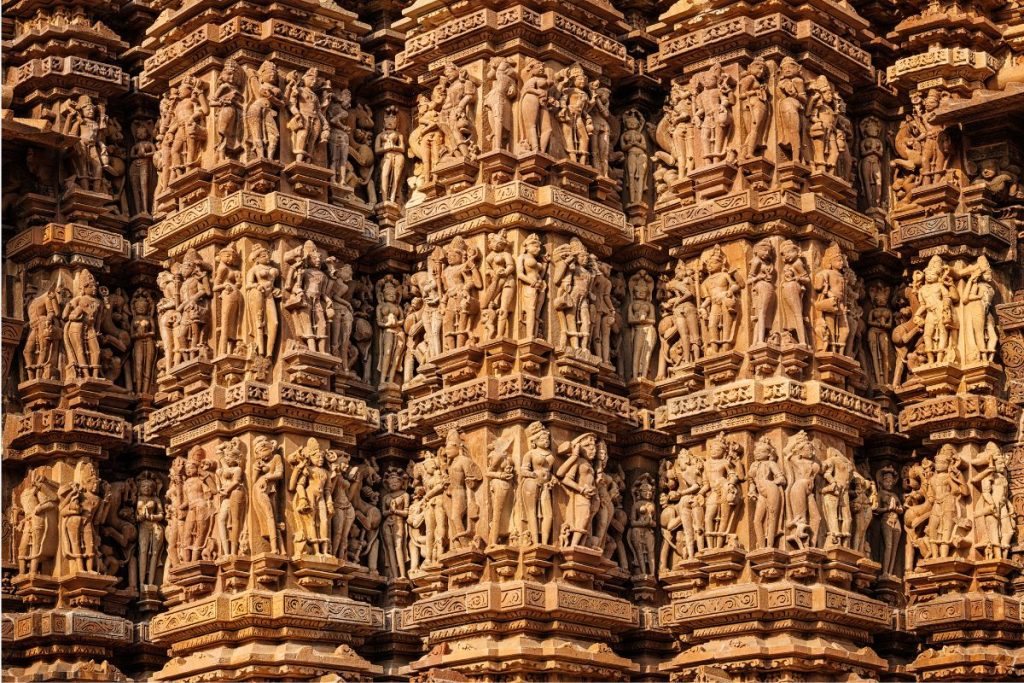
Chitragupta Temple
Situated in the eastern direction with an orientation towards the rising sun, the Chitragupta Temple stands as the sole homage to the Sun God in Khajuraho, erected in the 11th century. Within the temple, a 5-foot-tall idol of the Sun God, mounted on a chariot drawn by seven horses, takes central stage. The temple’s walls showcase exquisite carvings, offering glimpses into various historical events. Noteworthy among these depictions is an image of Lord Vishnu in his 11-headed form on the south wall. The interior of the temple is a testament to artistic finesse, featuring intricate carvings portraying dancing girls, elephant battles, processions, and hunting scenes, captivating the imagination of visitors. The exterior of the temple is equally enchanting, adorned with sculptures of apsaras (celestial nymphs), vyalas, mithunas, and various deities, adding to its overall aesthetic appeal.
Also Read: Food Guide: 25 Must-Try Dishes In Madhya Pradesh And Where To Eat Them
Things To Do
Light and Sound Show
Gain insight into the rich history of Khajuraho and its former ruling dynasty, the Chandelas, by immersing yourself in the captivating sound and light show organized by the tourism department in the garden of the western group of temples. Accompanied by the resonant voice of Bollywood megastar Amitabh Bachchan, this 50-minute spectacle serves as an informative and entertaining journey through time.
Tribal and Folk Art Museum
An often-overlooked yet deserving destination in Khajuraho is the Tribal and Folk Art Museum. Tucked away in the tranquil Chandela Cultural Complex, this museum offers a serene space where the metalwork, paintings, terracotta, and wooden figures created by the local tribal communities are thoughtfully showcased. It provides a unique opportunity to appreciate the artistic expressions of the region’s tribal population.
Ajaigarh Fort
Centuries ago, during the rule of the Chandela dynasty over Khajuraho, the Ajaigarh Fort was constructed in the Vindhya Mountains. Perched at an elevation of 206 meters on a flat-topped site, this fort stands as a commendable testament to the architectural brilliance possessed by the artisans of that era. According to local legends, the fort was erected by the ruling dynasty during a period when they foresaw the decline of their clan.

Panna National Park
Situated in the Chhattisgarh district of Madhya Pradesh, Panna National Park serves as a popular nearby destination for those exploring Khajuraho. If you find yourself in Khajuraho, an additional 57-kilometer journey to Panna promises a breathtaking environment thriving with awe-inspiring wildlife. While tiger sightings are a matter of luck in this reserve, you can still encounter jackals, antelopes, deer, and a myriad of other wild species that will keep you captivated. The park’s charm is amplified by the majestic Ken River, the scenic Vindhya Mountain range, the dry deciduous forests, and the Savannah-like grasslands. Panna National Park offers not only a rich wildlife experience but also the chance to immerse yourself in diverse natural landscapes. Friendly tour guides and available tourist accommodations enhance the overall experience, making Panna a rewarding addition to your itinerary from Khajuraho.
Beni Sagar Dam
Providing a significant respite for tourists seeking a reprieve from temple exploration, the Beni Sagar Dam is a haven of tranquility. Here, you can take leisurely walks or indulge in meditation, surrounded by a serene atmosphere. The setting is ideal for picnics, boating, and swimming, offering a diverse range of recreational activities.
Raneh Falls
The unparalleled spectacle of the Raneh Waterfalls, framed by multi-hued rock formations and dense forests, is an image etched in your memory for a long time. Plan your trip to Raneh Falls after August to witness the captivating sight of water cascading in beautiful formations.
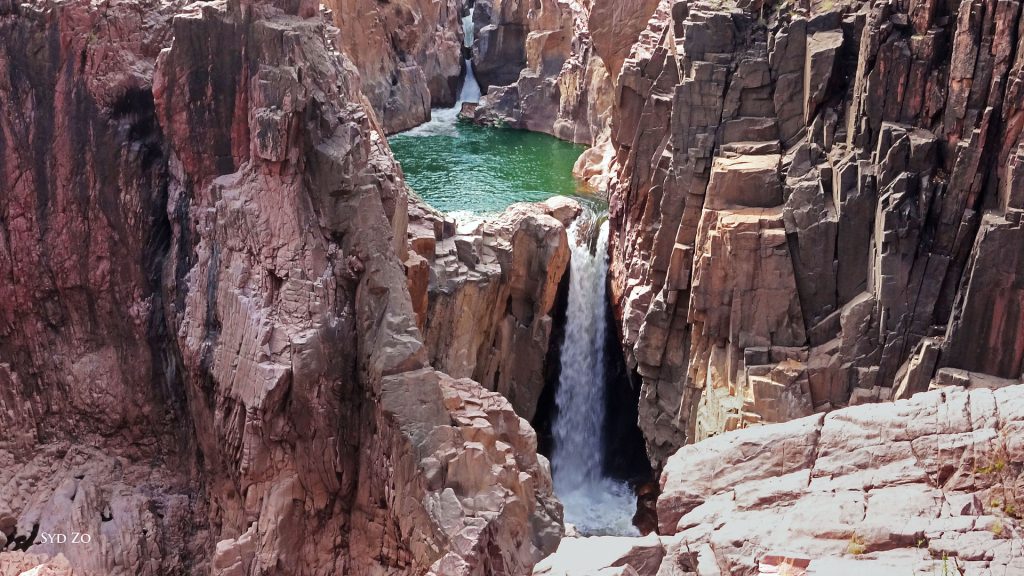
Where to Eat
One of the best dining spots in Khajuraho is Raja’s Café, situated right across from the Western Group of Temples. Established in 1978 by two Swiss sisters, it has gained popularity due to its prime location offering stunning temple views, and its excellent food. A must-try is the Grilled Chicken Breast stuffed with spinach, and their wood-fired oven pizzas are exceptional. Despite being in a small town, the food here rivals that found anywhere else in the country.
For those craving Indian cuisine with a local twist, the restaurant at Hotel Jhankar, run by the tourist department, is worth a visit. Although the restaurant area might feel a bit dim, the bar on the first floor is bright and inviting. They serve a variety of regional specialties from Madhya Pradesh, catering to both vegetarians and non-vegetarians.
Best Time To Visit
Exploring Khajuraho is best during the monsoon months, from June to August, when heavy rains lend an even more captivating appearance to the ancient temples and monuments of the city. For those seeking comfort in travel, winters present an ideal time to visit the temple city of Madhya Pradesh. The mild sun during this season allows for convenient sightseeing and engaging in outdoor activities. Plan your visit to Khajuraho in February to immerse yourself in the cultural extravaganza of The Khajuraho Dance Festival. Conducted by the Madhya Pradesh Kala Parishad, this one-week festival showcases classical dances and takes place annually beside the Khajuraho temples.
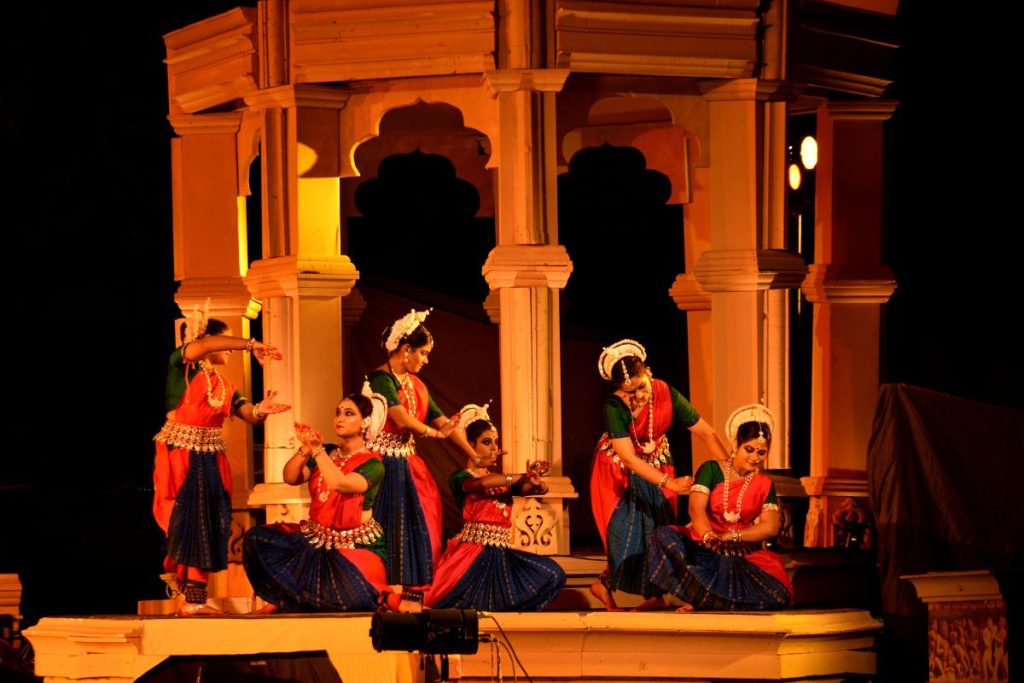
Getting There
By Air: Khajuraho boasts a compact yet efficiently operating airport that manages flights to and from major cities such as Delhi, Mumbai, Varanasi, and Bhopal. Positioned just 2 km south of Khajuraho, the airport serves as a convenient gateway for travelers. For international visitors, arriving at either Mumbai or Delhi and subsequently catching a connecting flight to Khajuraho from these metros is a viable option. Upon landing at Khajuraho Airport, local cabs and taxis can be readily hired from the exit gate, facilitating convenient transportation to hotels or any preferred destination within the town.
By Rail: Khajuraho boasts its own railway station, catering to over 3000 passengers daily. Additionally, numerous trains make a stop at the Mahoba railway station, situated 63 km away from Khajuraho on the Uttar Pradesh border. Trains originating from major Indian cities such as Mumbai, Delhi, Kolkata, Gwalior, and Jabalpur often have a scheduled halt at the Khajuraho railway station. Notably, there is a daily train connection to New Delhi, traversing through Mahoba, Jhansi, and Gwalior.
Khajuraho, with its timeless temples and rich cultural heritage, offers a captivating journey into India’s glorious past. The intricate carvings, cultural festivals, and the town’s overall aura make it a must-visit destination for travelers seeking a unique blend of history, spirituality, and artistic brilliance. As you explore the enchanting realms of Khajuraho, you’ll find yourself transported to an era where every stone tells a story, and every sculpture whispers the secrets of a bygone era.
For latest travel news and updates, food and drink journeys, restaurant features, and more, like us on Facebook or follow us on Instagram. Read more on Travel and Food Network
Trending on TFN
A Spanish Odyssey: Trafalgar’s Unparalleled Best of Spain Itinerary
Imperial Splendors: Trafalgar’s 10-Day Sojourn in Prague, Vienna, and Budapest


